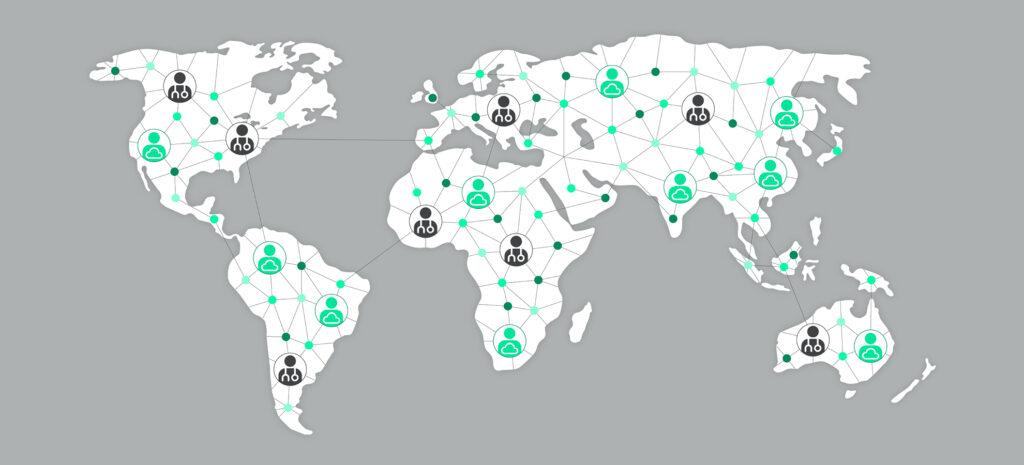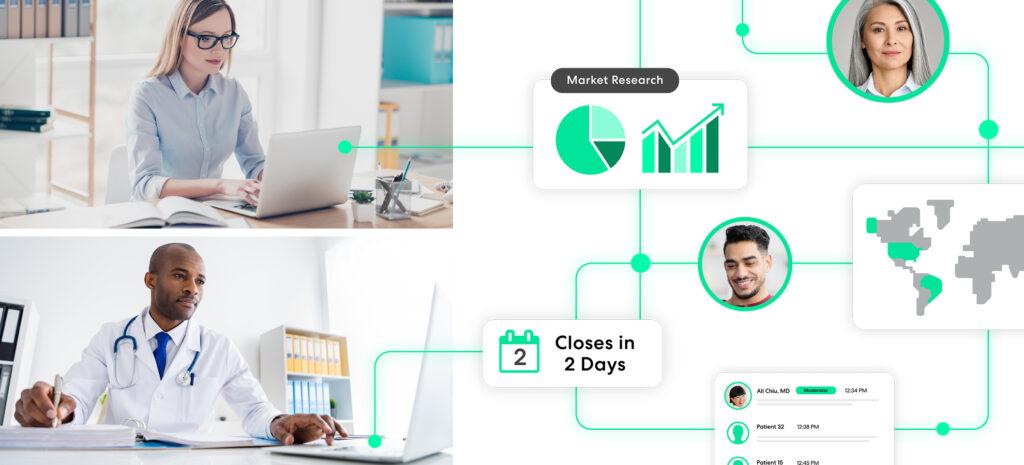Pharma companies are laser-focused on turning around a decade of falling productivity to avoid unsuccessful product launches and develop more targeted therapies. To achieve these objectives, industry leaders are looking to real-world evidence (RWE) to transform the product development process. What benefits does it offer, and how can real-world evidence improve pharma?
What is RWE?
RWE is “the data relating to patient health status or the delivery of health care routinely collected from a variety of sources.” Sources of RWE include:
- Electronic health records (EHRs)
- Claims data
- Product and disease registries
- Data from mobile devices or wearables
Life science organizations have used RWE for years, but advances in technology and analytics have opened new doors. Real-world evidence can help companies understand how patient attributes can impact health incomes and to some extent predict the progression of a disease, an individual’s response to treatment, and the risk of adverse events – all while increasing R&D efficiency and speeding time to market.
Factors driving increased use of RWE center around technological advances and ongoing digital transformation. According to the FDA, “the use of computers, mobile devices, wearables and other biosensors to gather and store huge amounts of health-related data has been rapidly accelerating. This data holds potential to allow us to better design and conduct clinical trials and clinical studies in the health care setting to answer questions previously thought infeasible. In addition, with the development of sophisticated, new analytical capabilities, we are better able to analyze these data and apply the results of our analyses to medical product development and approval.”
Other trends driving acceptance of RWE include increasing regulatory acceptance, higher demand from HCPs and payers, and increasing knowledge of digital technology and advanced analytics.:
However, as McKinsey points out, success with RWE depends on assuming the right capabilities and establishing a robust framework for its use. The consultancy names several things leaders in advanced real-world evidence analytics get right, including:
- Strategy and vision, with clearly articulated goals and buy-in from leadership
- Proper governance and integration of evidence generation
- Capabilities in conventional real-world evidence, epidemiology, understanding of evidence generation
- A culture that believes in evidence generation and knows what it is and isn’t
- Partnerships with innovative start-ups, regulators, payers, patient advocacy groups
- The ability to experiment
RWE’s impact on pharma processes
The value derived from RWE has an impact across life science organizations.
Clinical R&D
In the clinical research and development space, RWE can be used to identify unmet needs and inform research decisions. It also enables innovation in trial design and can improve trial design through factors like better site selection and faster recruitment.
Sales and marketing
Commercial teams use RWE to improve targeting for pharma marketing activities. This includes identifying the right patients, refining product positioning, and gaining a better understanding of how HCPs make prescribing decisions.
Medical affairs
Teams can leverage RWE to improve pharmacovigilance, improve evidence for product differentiation, and even potentially enhance patient adherence.
Embedding RWE across the organization can hold significant value, according to McKinsey:
“We estimate that an average top-20 pharma company that adopted advanced RWE analytics across its whole value chain for in-market and pipeline products could unlock more than $300 million a year over the next three to five years.”
Aside from reduced costs, RWE analytics could also be leveraged to help pharma companies identify new drug targets, speed time-to-market, and increase market access.
How does the pharma industry use RWE?
Among the most notable and well-known use cases for RWE addressing questions about a vaccine that may remain unanswered after being studied in a traditional clinical trial. The most familiar and recent example is the accelerated rollout of COVID-19 vaccines.
From December 2020 through March 2021, a CDC study looked at the Pfizer/BioNTech and Moderna vaccines in 3,950 participants. Researchers found that the vaccines reduced the risk of infections by nearly 80 percent two or more weeks after the first dose and by 90 percent two or more weeks after the second dose. RWE also showed the vaccine’s effectiveness against death, hospitalization, and transmission in millions of vaccinated people worldwide.
“Vaccine effectiveness studies provide growing evidence that mRNA COVID-19 vaccines protect as well in real-world conditions as they have in clinical trial settings. These studies show that the vaccines reduce the risk of COVID-19, especially severe illness, among people who are fully vaccinated.” – Centers for Disease Control and Prevention
Available tools to gather insights from RWE
Life science companies use various technologies to collect and analyze real-world evidence. Depending on which part of the business uses RWE, these might include business intelligence tools, data visualization software, and evidence-generation engines. In addition to these operations-centric tools, some solutions directly support life science activities.
Pharmaceutical and medical device companies are increasingly using an insights management platform to use RWE in the product development process. These platforms are uniquely positioned to support the use of RWE because of their ability to apply natural language processing and sentiment analysis to unstructured data such as physician notes, medical charts, and observations collected in the field by MSLs. Teams can eliminate many hours of manual analysis and more quickly hone in on insights that guide strategic decision-making.
Start learning about insights management in our blog series.






